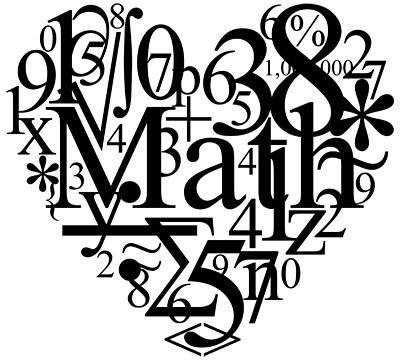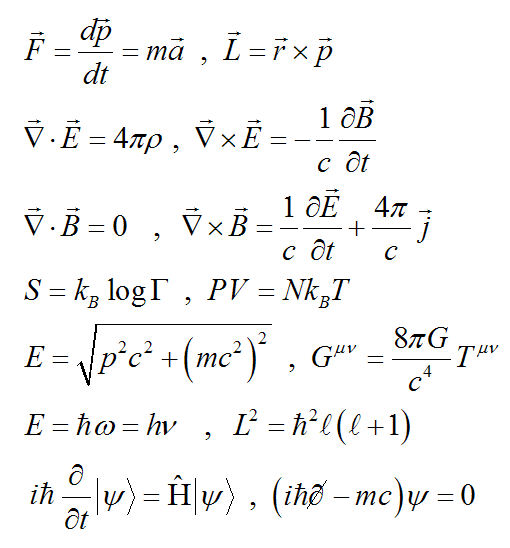I am currently a mathematics major, and my goal is to become a teacher. I would like to go to graduate school and earn my PhD in mathematics, and teach at a university level while continuing studies of mathematical education. In the following post I will talk about what people in mathematics do in their studies and careers as well as some notable contributors to math.
 |
Clement.Sim. "I Love Math." 9/7/2007 via flickr.
Attribution-NonCommercial-NoDerivs 2.0 Generic License. |
1. At the U of A, all mathematics majors are required to have at least 15 math credits at level 400. Students start with Calculus and move through the different levels of math, and most take two math classes after they finish calculus two. I am taking mathematics with a focus on education, and in this program students also take classes on teaching math to secondary students. This program also sets students up to take and pass pedagogy tests in order to be a certified teacher in Arizona. All students in this program learn math alongside their education courses, and are also required to learn math history as well as the synthesis of math topics.
2. Many people who study math go on to work in education as a teacher, as I plan to do. Others may go into finance, either for businesses or in other areas, such as working with taxes. Mathematics is also often paired with computer science, and many people have dual majors because a mathematical background can be extremely useful when working with and creating computer software. Math can also be paired with science, or biomathematics. Biomathematics can be used in areas like cellular neurobiology or genetics.
3. I have wanted to be a teacher for a long time; I can remember being in kindergarten and wanting to be a teacher because I loved mine so much. In high school I took an education professions class, and I fell in love with it all over again. As I was taking this class my algebra 1 teacher asked me to help her tutor students before school on reteach days. I had always liked math because it was black and white, there is always a clear answer, and if not, the answers make logical sense to me. When I tutored for my teacher, I discovered I loved teaching it as well. So many kids struggle in math, and it may be just because they learned it in a way that they didn't understand, or one topic is holding them back from building on it. Working with students to help them understand math is so rewarding in so many ways. I've discovered that when a student starts to get more confident about what they're learning or working on, they do better, even in brand new topics. Seeing a student progress like that is satisfying, because I love knowing that I was able to help them succeed. I hope that every student I work with can feel this same sense of satisfaction when they are able to figure out a hard math concept.
4. In mathematics the most well known mathematicians are people everyone learns about in school: Albert Einstein, Galileo Galilei, and Isaac Newton to name a few. In this day and age mathematicians are given less public eye, but they are still out their with notable achievements.
One such person is
Peter Hall, who worked on cutting out errors when dealing with data using bootstrapping. His paper is linked
here.
Another mathematician in this age is
Manjul Bhargava, who continued work with factorial functions. His paper is linked
here.
And, the last person I will upload for this post, Michael Atiyah, who specializes in geometry and has made groundbreaking work.
Here is an interview with Michael Atiyah, in which the interviewer and Atiyah discuss his papers and working with math in general.
All of these mathematicians have continued work in one area or another or have created new theorems, or a new way to do something.
5. Below are links to some mathematical journals that can be used for students and publishers alike.
American Mathematical Society, headquarters located in Providence, Rhode Island.
Annals of Mathematics, which works with Princeton in Princeton, New Jersey.
Archivum Mathematicum, which is based in the Czech Republic.
Reflection:
In
Carrie's post, I found it interesting that both she and I have struggled in our topics in the past. I never want to let that beat me in my goals, and it was very cool to see someone else so dedicated to their field. In
Chad's post, he talks about engineering and wanting to change people's lives. I thought this was admirable, and could relate to him as well.
I learned overall that many of us can connect in some way or another in our fields. It made me think about my own career path and how much it really means to me, as well as students I will be in contact with in the future. Reading others posts got me more excited for my own major as well as excited about others' majors.




















